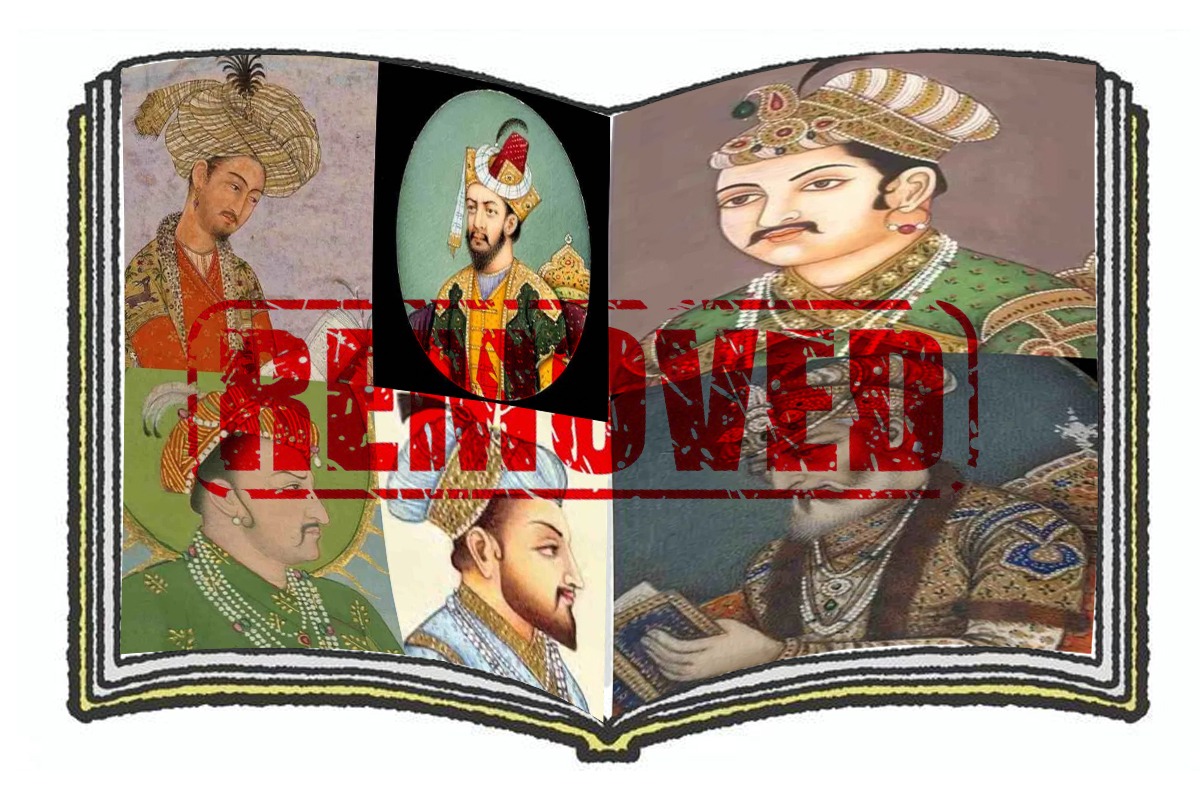


There is palpable tension among Delhi’s intelligentsia regarding the deletion of certain chapters on the Mughal Empire from Class 12 textbooks. The government claims that this process, known as “syllabus rationalization,” aims to reduce the burden of learning overlapping and irrelevant chapters on students.
However, many academics and historians have criticized the National Council of Educational Research and Training (NCERT) for making changes in its textbooks, claiming that these revisions and deletions are driven by a divisive and partisan agenda. They demand that the deletions be immediately withdrawn.
While it is debatable whether the deletions have some hidden political agenda or just a simple means of making life easy for children, the essential point remains that students should not be deprived of the opportunity to learn about key events in our past. It is important for students to have a thorough understanding of the Mughal Empire, including who they were, where they came from, how they established their empire in India, what kind of resistance they faced from other kings, and how they altered Indian polity and society.
Just as Indian colonial history remains an integral part of the syllabus, the Mughal invasion and their rule must be taught to students as a significant part of modern India, its politics, and our social fabric. History textbooks must provide context thorough academic rigor and factual accuracy, without omitting the barbarity of Islamic history.
Rewriting history books can also serve the purpose of filling gaps and bringing to light neglected parts of our past. For example, the average Indian student learns almost nothing about the great Satavahana, Vijayanagar, or Chola empires of southern India, or about the people who came to India peacefully as traders and refugees, such as Parsis and Jews from the West and the waves of Southeast Asian tribes from the East.
Several dynasties have been missed out while covering India’s history, leading to a regional divide in learning the history of India. Examples of these forgotten dynasties include the Ahom dynasty of present-day Assam, the Rashtrakuta dynasty, the Yadava dynasty of Devagiri, and the Kadamba dynasty, among others. The Ahoms, who ruled for more than 600 years, have not been given the due representation in history, while the Mughals, who ruled for only 180 years, have received extensive coverage.
Similarly, Maratha history has not been given proper representation in the history books, as much focus is given to the 17th and 18th centuries being the downfall and decline of the Mughals and the growth of the British regime, instead of the vastness of the Maratha empire. The history currently available in a Euro-centric manner should be rewritten in an Indian manner, without distorting the facts. Dravidian history, too, has paid a heavy price and needs to be given proper representation.